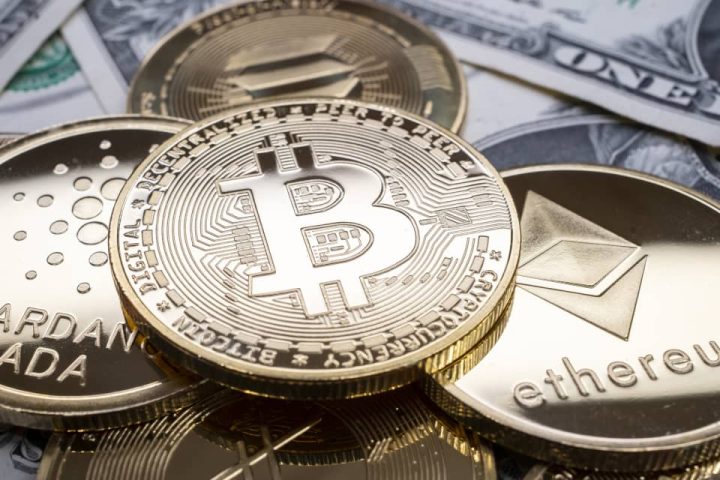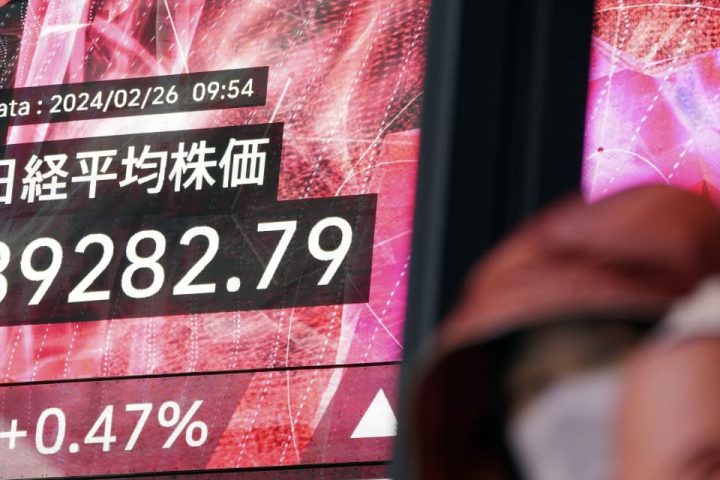It’s an underappreciated asset class that offers investors one of the few direct ways to protect themselves against rising inflation.
Treasury inflation-protected securities are a little complex, but they’re worth understanding because their yields now look appealing and they offer a good alternative to ordinary Treasury bonds.
There are two components to TIPS yields: an inflation adjustment, which tracks the consumer price index, and what’s known as the real yield, which amounts to a bonus above the inflation rate. The real yield is now almost 2.5%, the highest in 15 years. With inflation running at more than 3%, some TIPS now offer yields of about 6%. The ultimate return to investors in TIPS, which have maturities as long as 30 years, will depend on the future inflation rate.
“The real yield is getting back to abnormally high levels,” says Rob Arnott, the founder of Research Associates. “Looking at 10- and 30-year TIPS and 10- and 30-year Treasuries, the easy choice is to own TIPS. Inflation is more of a risk than the markets give it credit for.”
The so-called break-even inflation rate between regular Treasuries and TIPS is now about 2.35% over the next five, 10, and 30 years. That means investors will do better in TIPS versus regular Treasuries if inflation runs at more than 2.35%.
The markets are betting that the Federal Reserve will succeed in getting inflation down close to its 2% target. But inflation remains sticky at more than a 3.5% rate over the past 1½ years, and it could remain elevated due to a tight labor market and other factors.
TIPS bond prices have been hit hard, along with regular Treasuries, in the past two years. That has soured some investors on the $2 trillion sector. While TIPS holders have benefited from higher inflation, the bonds have lost value, reflecting the sharp rise in real yields from negative 1% in early 2022. But real yields may be close to peaking even if Treasury yields rise.
| ETF / Ticker | Recent Price | YTD Return | Current Yield |
|---|---|---|---|
| iShares TIPS Bond / TIP | $103.37 | -0.70% | 5.90% |
| iShares 0-5 Year TIPS Bond / STIP | $96.89 | 2.2 | 6.1 |
| PImco 15+ Year U.S. TIPS / LTPZ | 51.82 | -8.1 | 5.3 |
| Vanguard Short-Term Inflation-Protected Securities / VTIP | 46.99 | 2.2 | 2.8 |
| Closed-End Fund / Ticker | |||
| Western Asset Inflation-Linked Opportunities & Income / WIW | 8.17 | -3.0 | 8.9% |
Sources: Bloomberg, CEF Connect, company reports
Real yields got close to 3% in the early 2000s, and that could be a ceiling because investors who don’t normally purchase a lot of bonds could be buyers at that level, including pension funds.
One of the best ways to get exposure to the market is through low-fee exchange-traded funds. Investors can also purchase TIPS directly from the Treasury and through banks and brokerage firms.
ETFs include the $52 billion
Vanguard Short-Term Inflation-Protected Securities
(ticker: VTIP), the largest TIPS ETF, and the similar
iShares 0-5 Year TIPS Bond
(STIP). The
iShares TIPS Bond
(TIP) and
Pimco 15+ Year U.S. TIPS
(LTPZ) ETFs hold longer-maturity TIPS. The shorter-maturity Vanguard ETF and the iShares 0-5 TIPS ETF have returned about 2% this year, while the Pimco fund is down 8%. If real yields fall, the Pimco fund could rise sharply because of its keen sensitivity to rate changes.
Another option is the $600 million
Western Asset Inflation-Linked Opportunities & Income
closed-end fund (WIW), which has 80% of its assets in TIPS and other inflation-linked bonds. It offers a yield of nearly 9% (reflecting leverage) and trades at a 15% discount to its net asset value.
TIPS are tricky from a tax perspective. The portion of the interest rate that is based on the inflation component is added to the principal value of the bond. This leads to so-called phantom income, which is subject to income taxes. For this reason, individual TIPS can be better suited to tax-advantaged accounts.
ETFs offer advantages over direct investment in TIPS, including better liquidity, monthly income (versus semiannual on TIPS), and no phantom income. Fees are low, with the Vanguard and shorter-dated iShares ETFs charging less than 0.05% a year, and the longer-dated iShares and the Pimco ETFs, about 0.2%.
Write to Andrew Bary at [email protected]
Read the full article here







